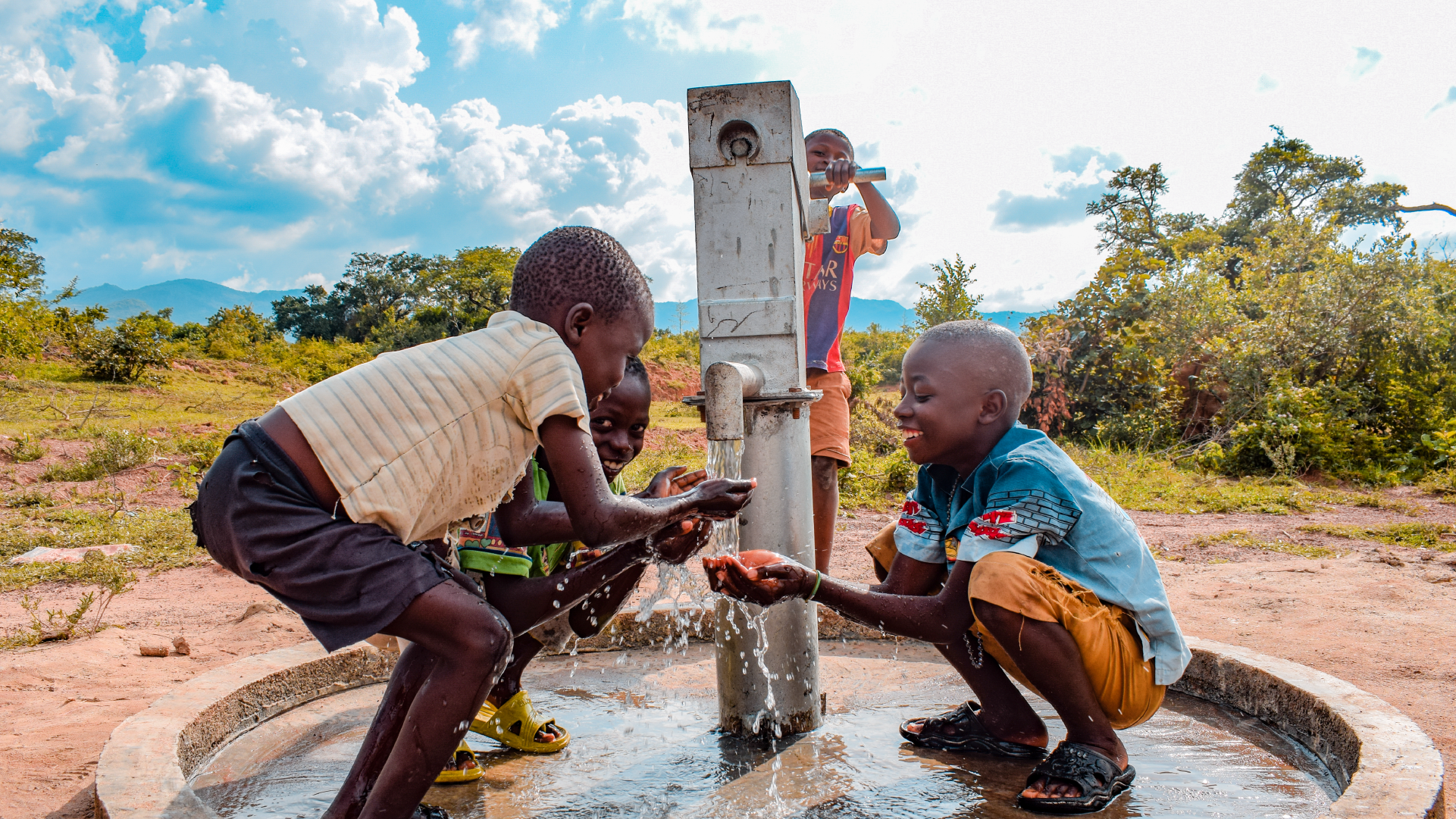Our sustainable finance assets grow by over 30 per cent


We recently published our third Sustainable Finance Impact Report and took the opportunity to speak to our Chief Sustainability Officer Marisa Drew, and Head of Sustainable Finance Solutions Alex Kennedy, to find out more.
What are the key takeaways from the report?
Marisa: Our sustainable finance assets have grown by 30 per cent year-on-year to USD13.5 billion. For context, this outpaces the growth of our banking book as a whole, and really demonstrates our commitment to sustainable finance, and how embedded it is within and across our core business.
The other important takeaway is where the capital has been channelled – over 90 per cent of our sustainable finance assets are located in Asia, Africa and the Middle East. This is particularly meaningful as it’s where financing is most needed. Our own Just in Time report emphasised the financing gap, finding that USD94.8 trillion, a sum higher than annual global GDP, is needed to support the emerging markets transition to net zero on a timescale consistent with agreed global warming targets as set out in the Paris Climate Agreement.
The world will not hit its net zero or UN sustainable development goals without significant investment into emerging markets – and it’s why we are hard at work to actively facilitate the flow of capital toward these regions.
As you note, the report highlights the sustainable finance portfolio has grown to USD13.5 billion – what types of investments make up this figure?
Marisa: Our sustainable finance assets are comprised of green and social assets. The former, make up USD10.3 billion of our sustainable finance portfolio. These green assets helped us avoid 1.46 million tonnes of CO2 emissions in 2022, equivalent to over 317,000 cars being removed from the road. Meanwhile, our social lending makes up USD3.2 billion of our sustainable finance assets.
Green assets encompass green projects that aim to do things like reduce carbon emissions or increase energy efficiency, while social assets include categories such as healthcare, education, and access to finance – essentially things that help improve people’s quality of life.
How does the Bank determine what constitutes a sustainable finance asset?
Alex: Every year, we update the guiding principles. These are known as frameworks, and we have two: our Green and Sustainable Product Framework and our Sustainability Bond Framework. These frameworks define what green and social mean for us in the many places that we call home.
Importantly, our frameworks and impact reports are independently verified by ESG and corporate governance firm Sustainalytics. They verify that we’re labelling our assets correctly, so that when we say something is a sustainable or green asset, it really is.
One of the biggest updates in the latest version of our Green and Sustainable Product Framework is the inclusion of the climate change adaptation category. Containing critical activities such as climate resilient construction, water reclamation, mangrove conservation, and data driven climate monitoring solutions, this addition enables us to define and raise finance for adaptation.
How does Standard Chartered’s sustainable finance proposition differ from other banks?
Alex: As an emerging markets bank, our net-zero commitment represents a steep challenge, particularly given that 36 per cent of our footprint markets either have a net-zero commitment beyond 2050 or don’t have one at all. However, we are determined to succeed, because even if the world hits net zero in developed markets such as the UK, France and the US, it doesn’t make a difference unless we also reach it in our footprint countries such as India, Pakistan and Bangladesh. Nobody wins unless everyone wins.
What are your ambitions for 2023?
Marisa: I personally look forward to our teams continuing to make a material impact driving the energy transition and decarbonisation in our footprint markets, but in 2023, we will add a dedicated effort to support the market’s development and the flow of capital in the areas of climate adaptation, the blue economy, carbon trading and blended finance.